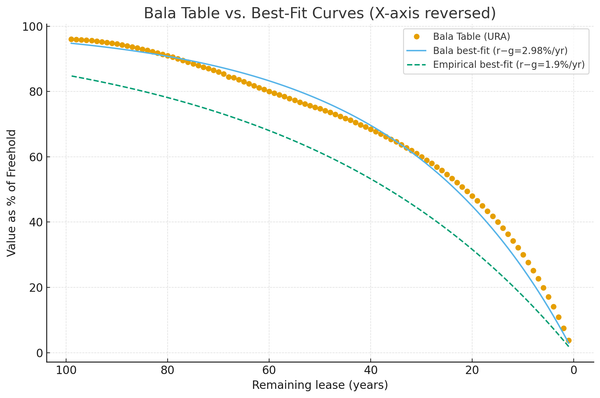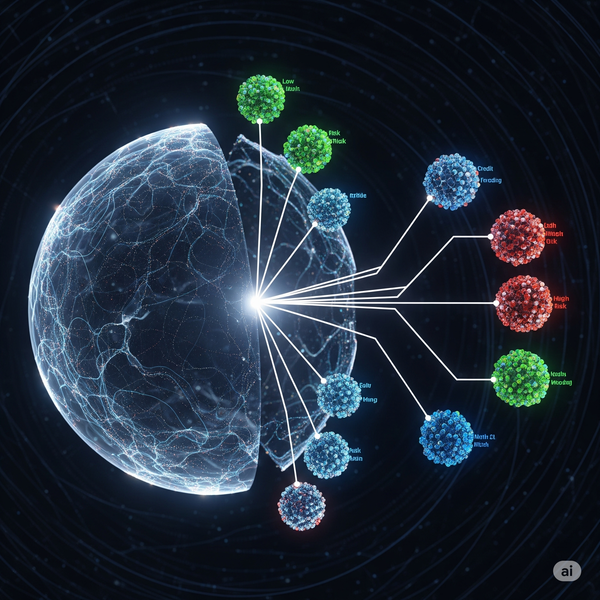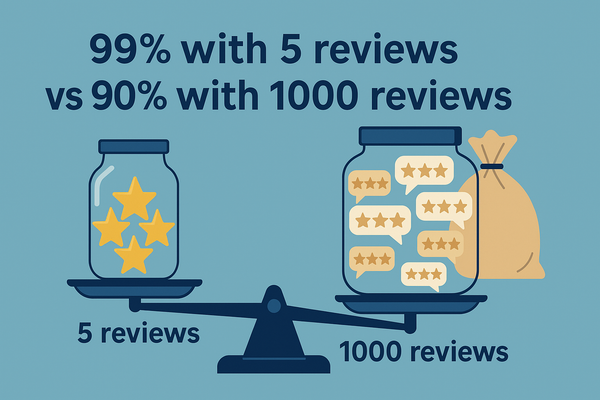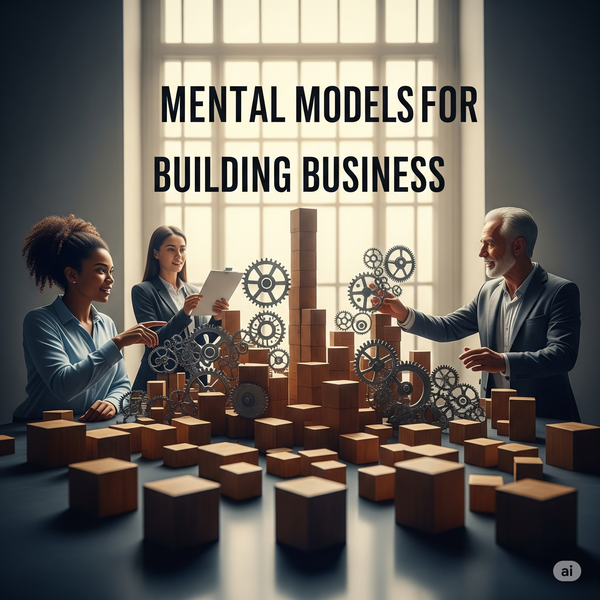The Trap of Belief: Why We Get Stuck in Our Ways and How Our Brains Resist Reality
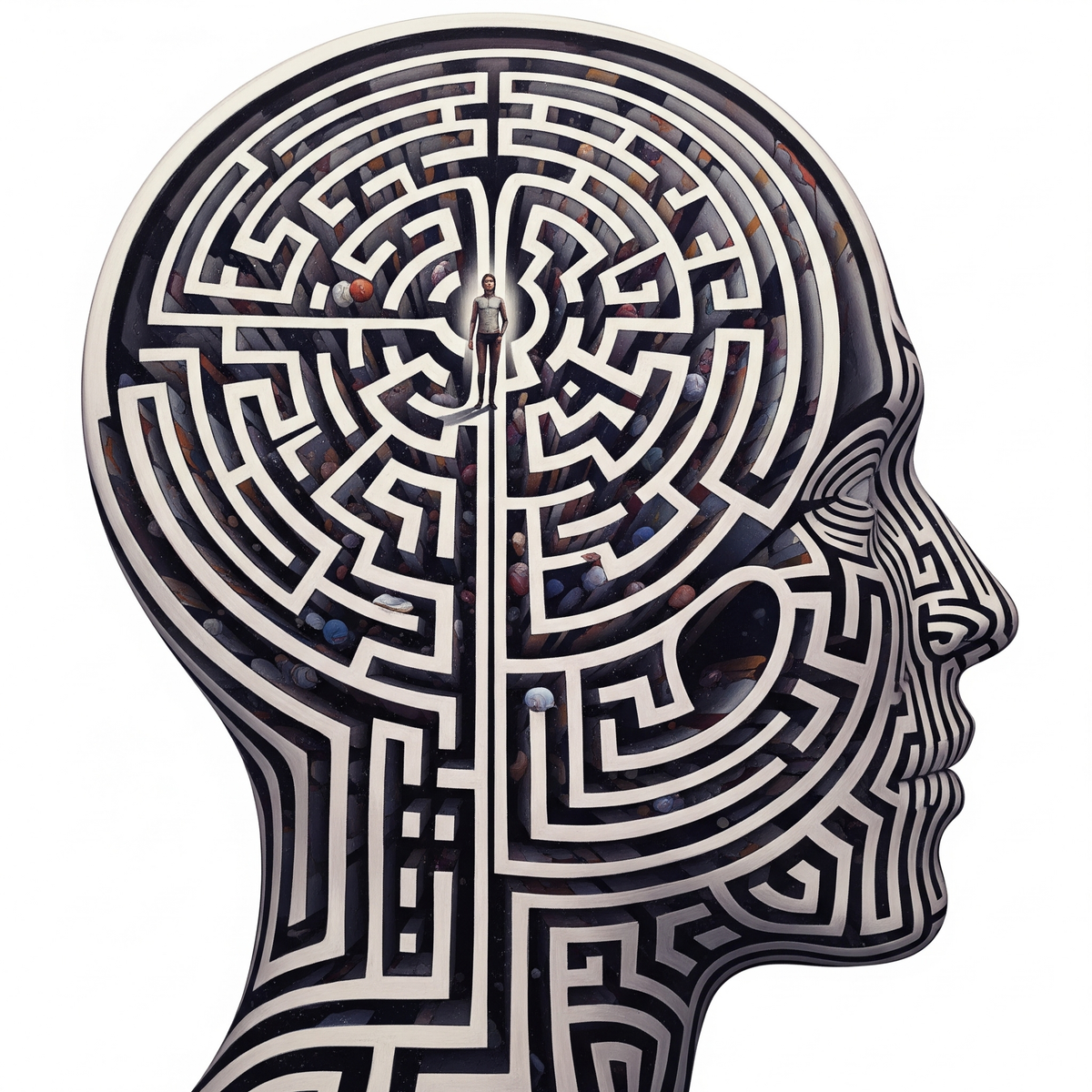
Have you ever wondered why some people—or even yourself—can't seem to change their minds, no matter how much evidence is presented? This stubborn resistance to new information is a fundamental challenge to rational thinking. I recently came across a fascinating article, "Trapped Priors As A Basic Problem of Rationality," that gives this phenomenon a name: trapped priors.
In short, a trapped prior occurs when we fail to update a belief (a "prior") even when faced with new, contradictory evidence. This can happen when a belief is deeply ingrained or supercharged by emotion. I see this play out constantly, leading to poor decisions both in my personal life and at work.
Let's unpack what trapped priors are, starting with how our brains construct reality in the first place.
Our Brain's Reality Engine: More Than Meets the Eye
Our perception of reality isn't a perfect photograph of the world. Instead, it’s a dynamic blend of two things:
- Prior Beliefs (The Context): What our brain already expects to be true based on past experience.
- Sensory Information (The Evidence): The raw data coming from our senses—what we see, hear, taste, and touch.
We are only conscious of the final product: a seamless perception created by this merger. The original article highlights two classic examples that show this in action:
- Optical Illusions: Imagine a chess set where a piece is objectively grey. Placed against a dark background, your brain, using the context, perceives it as white. Placed against a light background, it appears black. Your prior expectation about how light and shadow work fundamentally alters what you "see."
- The McGurk Effect: In this famous illusion, you hear the same audio syllable (e.g., "ba") played repeatedly. However, when you watch a video of a person's mouth forming a different syllable (e.g., "ga"), your perception of the sound changes to match the visual. Your brain trusts the visual context over the raw audio data, creating a sound that isn't actually there.
What is a Trapped Prior?
So, if perception is a balance between prior belief and new evidence, a trapped prior is what happens when the scales are hopelessly tipped. It occurs when a prior belief is so strong that it consistently overpowers any contradictory sensory evidence.
This creates a dangerous feedback loop. Instead of challenging the belief, every new experience is twisted, filtered, or re-interpreted to reinforce it. The article uses phobia as a powerful example.
Phobia: A person with a mild fear of dogs can often overcome it through repeated positive experiences. Each friendly encounter provides new evidence that gradually updates their prior belief ("dogs are dangerous") until it changes.
For someone with a severe dog phobia, however, the prior is trapped. Even a controlled, safe encounter with a calm dog can trigger overwhelming terror. Their internal experience of fear is so intense that it completely overrides the external reality of the friendly dog. They leave the situation not with a revised belief, but with a reinforced one: "That was terrifying, proving dogs are dangerous." Their prior is so strong that no amount of safe experience can update it; each interaction is perceived as another brush with disaster.
Trapped Priors in the Wild: From Work to Politics
This isn't just about clinical phobias; trapped priors fuel bias in our everyday lives. The author discusses this in politics, and I witness it constantly at work.
- Team Dynamics: When teams have conflicting interests, an "us vs. them" mentality can set in. One team might hold a strong prior that the other team has bad intentions or is fundamentally incompetent. No matter the situation, every action by the "other" team is interpreted through this negative lens, confirming the initial bias.
- Performance Reviews: A manager with a strong prior that an employee is a "low performer" will struggle to see evidence to the contrary. They may unconsciously ignore moments of good performance or interpret a success as a lucky fluke. It takes an extraordinary amount of positive evidence to overcome that initial, trapped belief.
- Stubborn Opinions: We all know someone with an unshakable opinion on a particular topic. They expertly dismiss counter-examples and seem immune to facts that challenge their worldview. This is often a trapped prior at work, defending itself against any and all new evidence.
Why Do Our Priors Get Trapped?
The article suggests two core mechanisms behind this mental trap.
1. The Imperfect Bayesian Brain
In statistics, Bayes' theorem describes how to rationally update a hypothesis (H) in light of new evidence (E). Our brains attempt a rough version of this. However, our brains are not perfect Bayesian machines. When a prior belief (P(H)) is extremely strong (close to 100% or 0%), our internal algorithm can fail. It may fail to properly weight new, contradictory evidence or, in some cases, even update in the wrong direction, strengthening the false belief.
2. The Emotional Override
When an experience is emotionally overwhelming (like the terror in the phobia example), the brain goes into self-preservation mode. It may effectively reduce the "bandwidth" of the raw sensory channel to protect the individual from negative emotions. This means perception is almost entirely shaped by the prior, with very little input from what is actually happening. The belief ("This is dangerous!") becomes the entire experience.
By understanding the mechanisms of trapped priors, we can begin to spot them in ourselves and others. It’s a humbling reminder that our perception of reality is not absolute truth, but a fragile and biased construction of our own minds. The first step toward better reasoning is recognizing the traps we all can fall into.

